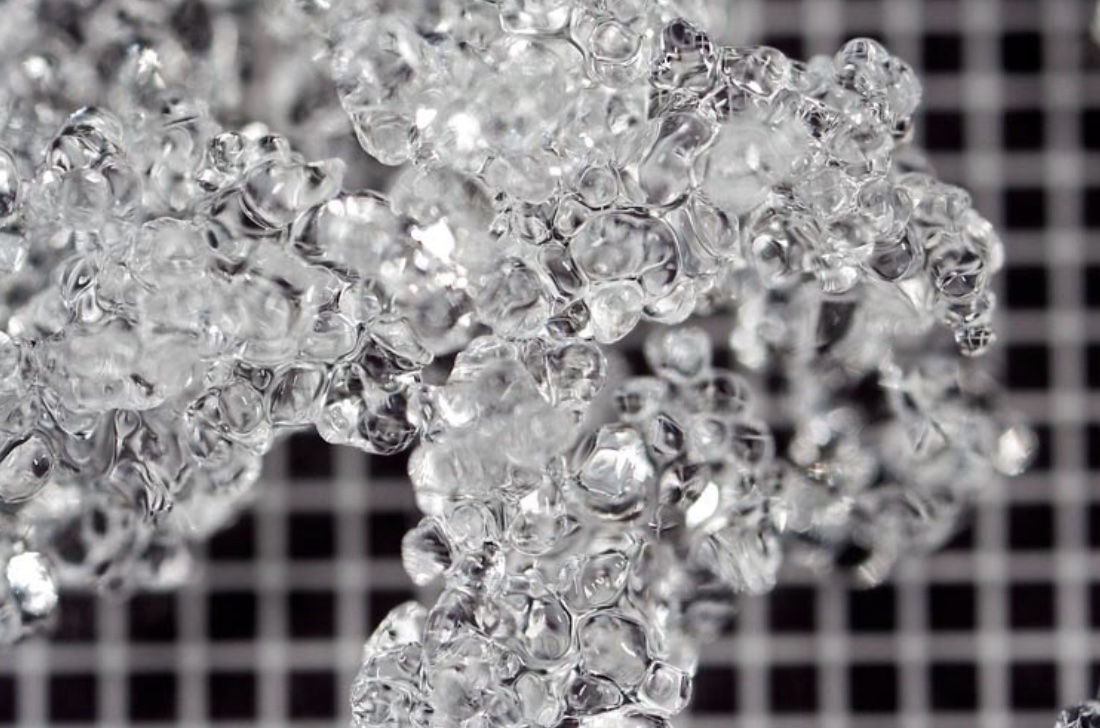Snow forms when supercooled water droplets condense around microscopic particles such as dust or plant spores. As water vapour freezes around those nuclei snow crystals are formed. The shape and form is largely determined by their journey through the atmosphere and is influenced by the temperature and humidity they encounter on the way.
The initial form and the subsequent transformation of the snow after landing on the ground will have a profound effect on the propensity for avalanches in the future. Even though it’s not possible to predict if or when a particular slope could avalanche, studying the transformation of the snow on the ground can help determine the level of danger in the backcountry. These observations form part of the regular avalanche bulletin services around the world.
A key skill to develop is your ability to make those snow pack observations for yourself, adding an additional data set into the decision mix. All too often we rely too heavily on 3rd party appraisals of danger and can become increasingly complacent to hidden local micro hazards.
Although there are numerous different shapes of snow. For the purpose of snow and avalanche evaluation, there are four main processes and their associated grain types that need to be identified in each distinctive layer of the snowpack.








